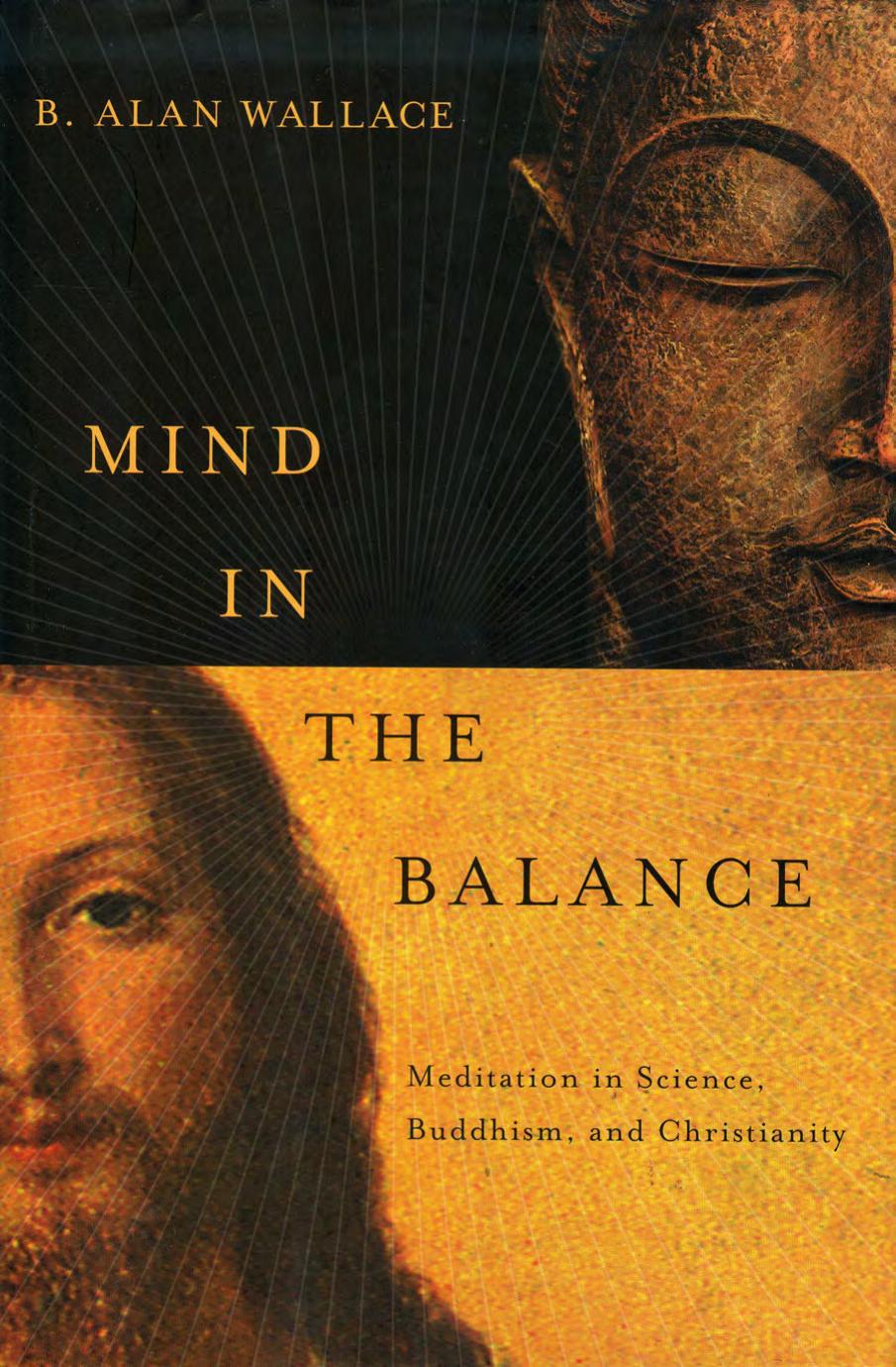Mind in the Balance: Meditation in Science, Buddhism, and Christianity by B. Alan Wallace

Author:B. Alan Wallace
Language: eng
Format: azw3, pdf
Publisher: Columbia University Press
Published: 2009-03-03T00:00:00+00:00
If memories are indeed stored in a continuum that precedes this life, we might well ask, why is it that we do not remember our past lives? Tibetan Buddhism likens the dying process to falling asleep, the intermediate state to dreaming, and conception to waking up. In the course of a single night, people normally experience five to seven dream cycles, beginning about ninety minutes after they fall asleep. When entering the first dream cycle, people normally have forgotten the events of the preceding day, and for the time being, their reality is comprised only of the events in that dream. After some minutes, they fall back into dreamless sleep, during which their minds settle back into the substrate consciousness. In this process, they tend to forget the events of the dream that has just ceased. Then after an hour or two, they enter their second dream cycle, once again oblivious of the events of the day and of their previous dream. This process of repeated amnesia continues throughout the night until they finally emerge from their last dream into the waking state. At this point, some people can clearly recall one or more dreams of the night, but many find it difficult to remember even the dream immediately before waking. And the more they become involved with the events of the day, the less they can usually recall their dreams of the night."
This cycle of amnesia throughout a day and night is said to parallel what goes on from the time that one dies, through the experiences of myriad dreamlike events during the intermediate state, and eventually when one takes rebirth. Plato referred to the lapse of recollection between lives in his account of the myth of Er at the end of The Republic, where he declared that the souls of men drink from the waters of forgetfulness as they proceed from one life to another.`y The Tibetan Buddhist practice of dream yoga is designed to overcome this amnesia during sleep by enabling one to recognize and explore the dream state while dreaming."" This is called a lucid dream, and lucid dreamless sleep occurs when one knows that one is in dreamless sleep while it is happening, while one rests in the substrate consciousness. Such training prepares one to recognize the substrate consciousness in the final phase of dying and then to recognize the events of the intermediate state for what they are. With such lucidity, one may wisely direct one's consciousness to the next rebirth in a way that is of benefit to oneself and others. That is the central purpose of dream yoga.
The Alaya Project would approach the hypothesis of rebirth from a psychological perspective, but it is also possible to test the Buddhist theory in terms of biological evidence. Buddhist contemplatives claim that the life force, or jiva, that carries on from one life to the next is "physical" in the sense that it directly influences and is influenced by the body. But the life force is immaterial, for it is not composed of material particles.
Download
Mind in the Balance: Meditation in Science, Buddhism, and Christianity by B. Alan Wallace.pdf
This site does not store any files on its server. We only index and link to content provided by other sites. Please contact the content providers to delete copyright contents if any and email us, we'll remove relevant links or contents immediately.
The Lost Art of Listening by Michael P. Nichols(7403)
Why I Am Not A Calvinist by Dr. Peter S. Ruckman(4099)
The Rosicrucians by Christopher McIntosh(3465)
Wicca: a guide for the solitary practitioner by Scott Cunningham(3125)
Signature in the Cell: DNA and the Evidence for Intelligent Design by Stephen C. Meyer(3071)
Real Sex by Lauren F. Winner(2967)
The Holy Spirit by Billy Graham(2892)
To Light a Sacred Flame by Silver RavenWolf(2767)
The End of Faith by Sam Harris(2688)
The Gnostic Gospels by Pagels Elaine(2469)
Waking Up by Sam Harris(2389)
Nine Parts of Desire by Geraldine Brooks(2325)
Jesus by Paul Johnson(2309)
Devil, The by Almond Philip C(2280)
The God delusion by Richard Dawkins(2264)
Heavens on Earth by Michael Shermer(2234)
Kundalini by Gopi Krishna(2136)
Chosen by God by R. C. Sproul(2122)
The Nature of Consciousness by Rupert Spira(2044)
